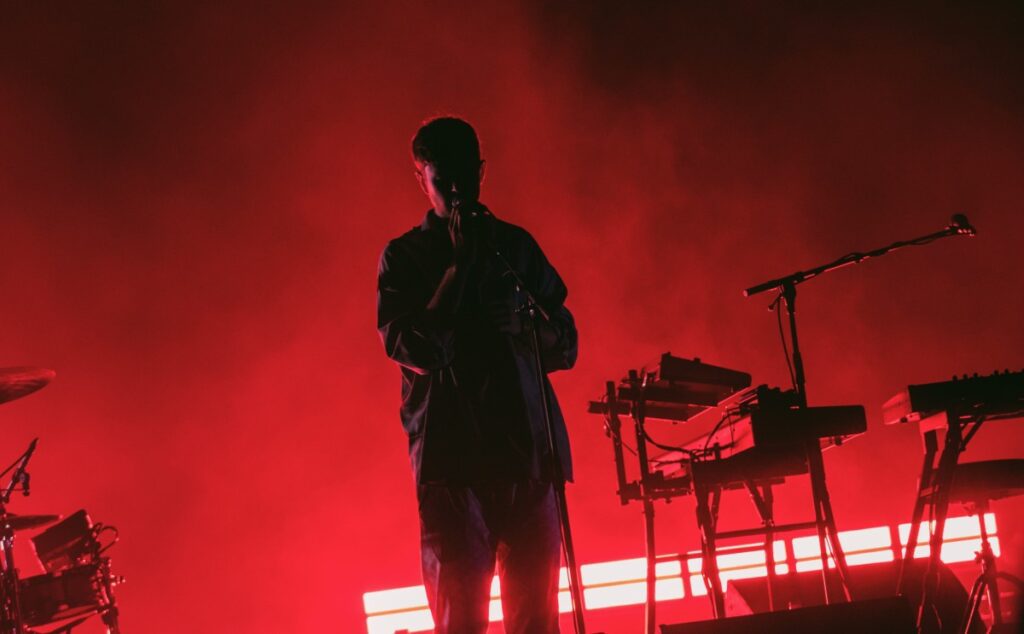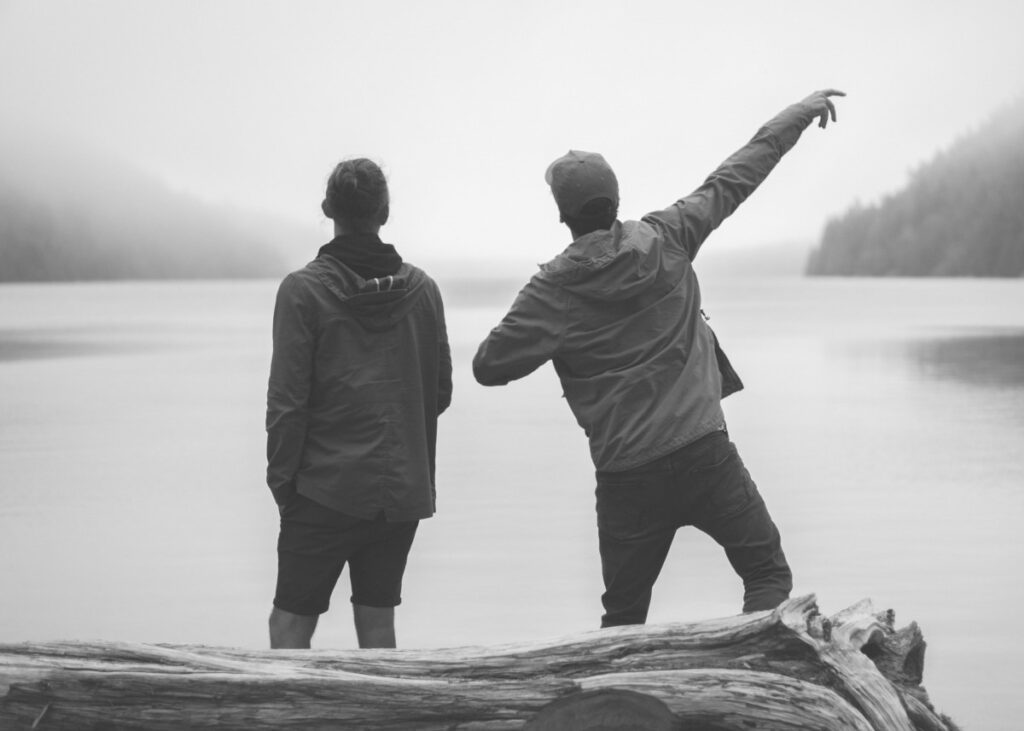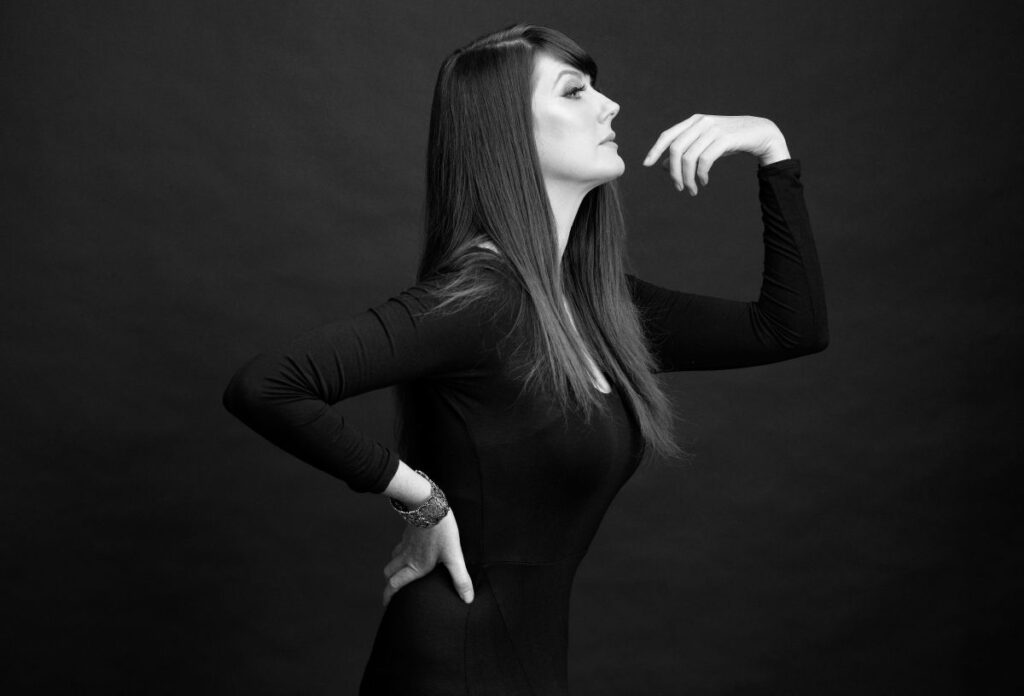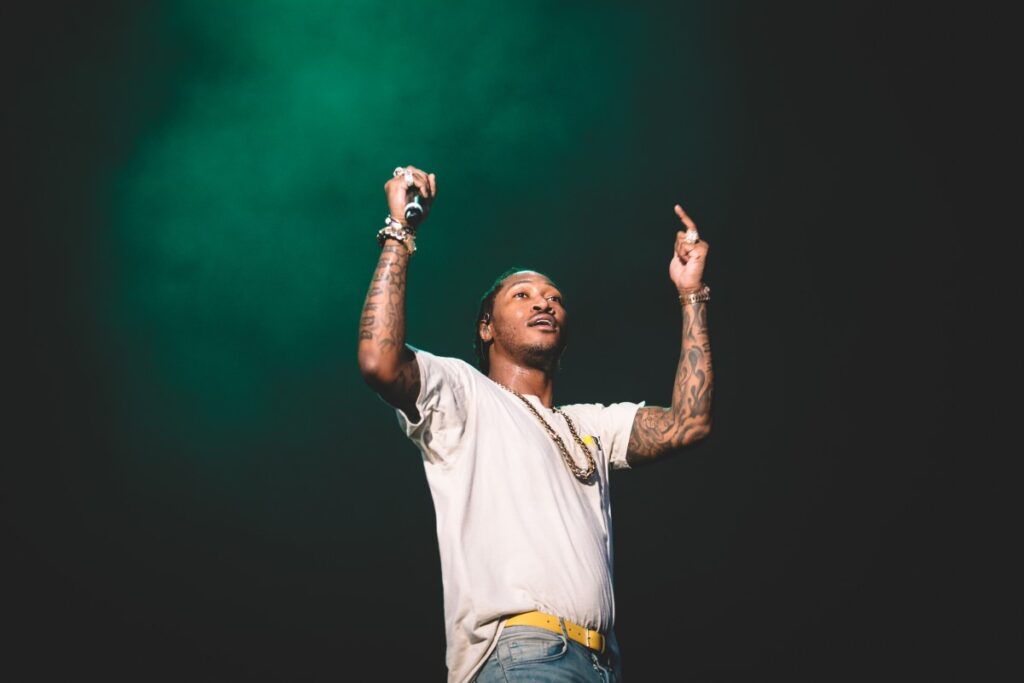Greek producer, composer and musician Constantine Skourlis released his new album Eternal Recurrence on Bedouin Records two weeks ago. Drawing inspiration from musical influences like death metal, classical minimalism, drone and baroque, Skourlis creates droning ambiance that is well crafted, operatic and complex. He has scored films, worked with choreographers like Dafin Antoniadou to create visceral audiovisual collaborations and performed at museums, theaters, churches and other venues around the world.
The new album builds on his work, both as a scorer and composer. It can feel dark, crushing and at times brutal, but there are moments of beauty woven throughout like the opening piano on “Reality Cancelled.” The haunting noise and drone feels as brutal as this year has been, but there are slivers of hope that things will get better on the horizon.
The album was created with the help of harpist Efi Birba, Konstantinos Chinis, Halldor Úlfarsson and others, using a variety of instruments and spaces to help shape the sounds on this record. Many of the songs were painstakingly shaped to push Skourlis’ own sound to its breaking point.
To get a better idea of these processes and the influences from books and elsewhere in the world, we had Skourlis do a Director’s Cut that takes a deep dive into this. Listen to the album now and pick up a copy here.
Album Concept:
“My albums include both the philosophical and the visceral as two opposing sides. The following stories closely touch on the latter in an attempt to capture the energy and mood that was present during the time of creation of Eternal Recurrence. These stories also serve as an acknowledgement of the collaborations that shaped this work.
1. Collapse
The notion of “endless repetition” is ever-present in my work. Particularly in this album, the vocals in a way, represent humanity’s fail to gasp its historical downfalls, endlessly repeating the tribulations of old. “Collapse” is conceptually based around this “clash” of humanity and the chaotic environment that shapes its perception and guides its actions. A sound environment that compresses and inevitably collapses within itself depicts this breaking point of both our sociopolitical structure and our ethical system(s).
I wanted to create something that was both intense and beautiful. I find a certain poetry within this amalgamation of different states of being. I also wanted this to feel as if everything is on the verge of breaking apart. Each sound pushed to its breaking point. To achieve this I had to reinvent both my production and recording process.
The piece has gone through various stages of evolution before reaching its final form. The starting point was staged onto a collaboration with Efi Birba and her work Don Quihote, book 2nd, chapter 23rd. A work that largely inspired parts of the album, and especially this piece, where the incredible voice of Maira Milolidaki is taking center stage.
With this as a “basis,” a radically different approach on sound synthesis than my first album came into effect. With the help of Konstantinos Chinis we fought tooth and nail with the acoustics of space and the thresholds of amps, essentially transforming a Halldorophone and a Cello into a "warped" large-scale orchestra. The Halldorophone is an electroacoustic string instrument loosely based on the cello, which makes use of feedback for sound generation, enabling individual gain control of each string and a sympathetic set of two to four strings below the main strings. The inventor of the instrument Halldor Úlfarsson is a great friend. Halldor spends most of the year at his newly founded workshop in Athens. Many ideas that shaped the album and beyond originated through conversations at that workshop.
2. Reality Cancelled
I’ve started working on Eternal Recurrence as soon as I finished touring my debut album HADES. This process lasted close to 3 years. During the final phase of mix-down a worldwide quarantine/lockdown came into effect. The event felt both overwhelming and historical. The title of this track is a “memory stamp” and a testament for this point in time.
For the largest part of the recordings I was working alongside my friend and collaborator cellist/halldorophonist Konstantinos Chinis at the studio of Michalis Moschoutis. There is a certain minimalism at that studio that I find appealing. I find great inspiration within a process of transforming the minimal to the maximal. Within that scope a single cello was metamorphosed into a string ensemble and a Halldorophone into a roaring beast. For the recording of the latter we explored the limits of a Fender Tone Master Twin Reverb. An array of amps and cabinets could also have been an option, though I’ve come to realize that when one really wants to explore “extreme states” within a recording process, then usually less is more.
In between sipping Japanese whiskey and conversations about post-humanism, the role of the artist, and the relevance of music in today’s society we devised a both intimate and intimidating way to record and process live sound. While Konstantinos was slashing away on the Halldorophone in what seemed like a struggle between man and machine, I found myself in between the edges of the studio where a Roland Space Echo and a Fender amp were sitting opposite to each other. An adrenaline rush was apparent each time that I managed to reach out to the Space Echo’s dial seconds before the amp was decimated, managing to capture on record the exact moment before everything collapsed.
Something that concentrated all this “chaotic intensity” together is the utterly unique sounding piano that lies at the heart of Michalis’ studio. A beautifully preserved Steinway Vertegrand that is more that 100 years old. We have various microphones, always on and always ready, placed at various locations within the studio, for the chance to capture those fleeting moments, moments that are not “planned.” Somewhere between takes, recording cello, and having a break(down) from more than ten hours of being confined within the studio space, I found myself playing on the piano what later became the main melodic element of this track.
3. Atonement
This composition was originally created for the choreographic work “Free at Last” that draws inspiration from Souliotes, an ancient Northern tribe of Greece, and the story of Zalongo. It is a work by -frequent collaborators and friends – Danae Dimitriadi & Dyonisios Alamanos.
It is the most free-form recorded track on the record, closely akin to a jazz recording where all of the performers improvise, simultaneously capturing the vibe and energy of the “moment.” The recording by Michalis Moschoutis essentially captures Konstantinos Chinis and me trying to break apart a cello and a piano with little to no editing on the post production phase. Somewhere along the way a pump organ –bought by Michalis in a charity shop in east London for 50 euros – found its way into the composition. The fact that the organ was in such a bad state, with more than half of the keys broken, created the ideal circumstances for a “closed loop” style of recording.
4. Reckoning
This track is truly meant to be played loud. It also lies at the center of the album. In essence this in-between state of limbo is a conceptual element that drives large parts of this album, so getting this track to sound “right” was essential. Vocals, halldorophone, cello, and field recordings are some of the elements that are present here. It is also the most “electronic” track of the album. It is at this point that the sound design mastery of my close collaborator SPR came into full effect.
I asked him for a quote on his process: “Most of the stuff is based on recordings of several vcos, analog and digital, then layered and processed. I recorded my system and whenever I was visiting friends in Hamburg, I was recording their gear too. There was some stuff by Intellijel, Döpfer, and Mutable Instruments. Some stuff was then sent through an array of pedals and/or through my modular and custom fx chains in Ableton Live.”
I remember that when I was mixing this I had to take breaks every 7 minutes. This went on until I began feeling a certain solace within the track and the process of mixing it. Soon, a balance of intimacy and violence started to take form. That is always what I perceive as the “golden ratio” in my music.
5. Destroy False Idols
Black and death metal have always had a huge influence on my music. Indeed I’ve always had a sweet spot for the music of Opeth. I’ve wanted to make something related to the energy that emitted from the speakers -and almost blew my head off- as soon as I first heard “Demon of the Fall.”
A friendship with Nikolas Kazazis, a close collaborator on most of my recent works, can largely be traced back to our mutual love for the more extreme genres of music, and has led to conversations about the conjunction of metal music, classical, and electronica. Nikolas insisted that I should meet with Serafeim Giannakopoulos (drummer on the band Planet of Zeus). How right he was…
During the winter of 2019 we met in a cold, dank studio. It was the most bizarre and inspiring place I've since recorded at. I did not know what to expect from Serafeim, but I already knew we shared a mutual love for malt whiskey and espresso coffee. Most of the times that is all one needs to know. Heed my words… Serafeim is certainly up there with the heroes. I am pretty sure that whoever was present at that recording session has never since witnessed such a feat of stamina, speed, precision, dedication, and outright madness coming out from a single person. During the 8 hour session Serafeim summoned spirits of old, pushing himself, us, and the room to a breaking point all the while blowing air with a tube that connected his mouth to his Tom.
Nikos Lavdas attempted to capture the unimaginable during this session. A certain part took us more than 40 takes to get right. We used a pair of Schoeps cm61 and a Neumann u67 and Nikos’ custom-made amplifiers based on the Neve 1272 and the API 312.
6-8. Elegy, Lethe & Ascension.
There is a certain magic that permeates through a studio session when the sum of its parts are in complete synchronicity. This was evident when we were creating what later became this suite. I was introduced to Kostas Tzekos by one of my oldest collaborators, pianist Christos Sakellaridis. They are both part of what I consider to be one of the most important contemporary music ensembles: Ergon Ensemble. Having witnessed Kostas’ impeccable talent on the clarinet and bass clarinet I was completely overwhelmed having him on the record. After a few phone calls and messages a recording date was set.
The recording session didn’t last more than 3 hours. Kostas showed a deep understanding for what I wanted to achieve with this suite of tracks in every step of the way. A few hours ago Christos Sakellaridis had visited the studio. His graceful gestures and elegant music directions played a pivotal role in bringing all of us together. What unfolded is what I consider my most personal pieces of music.











